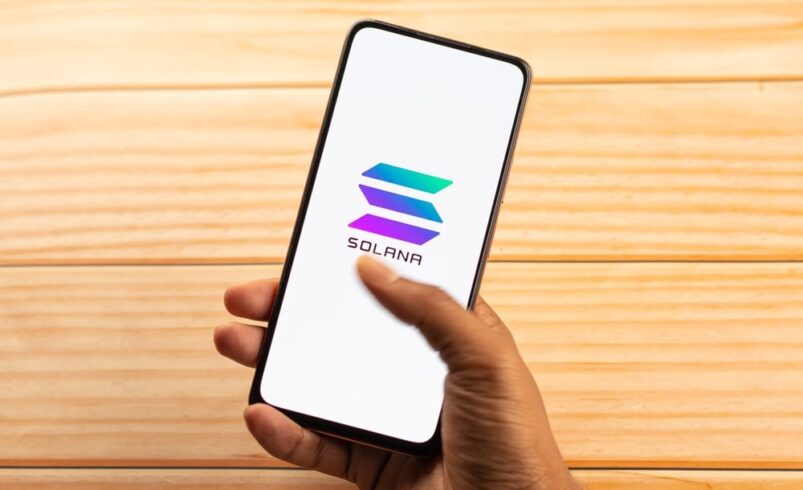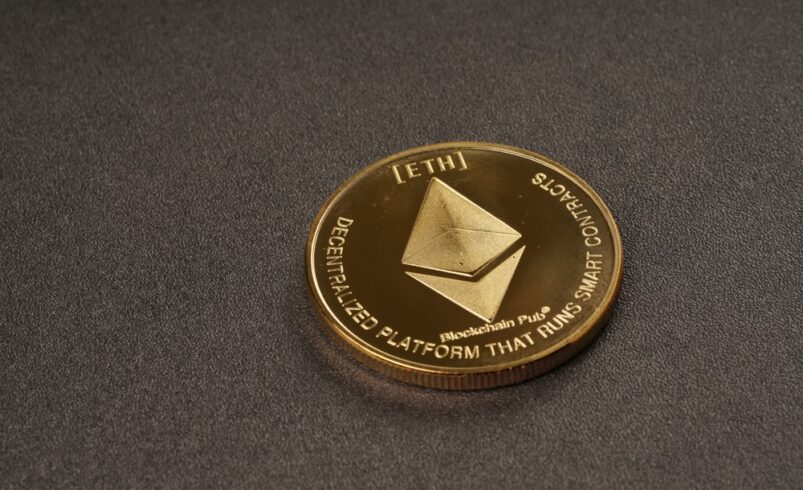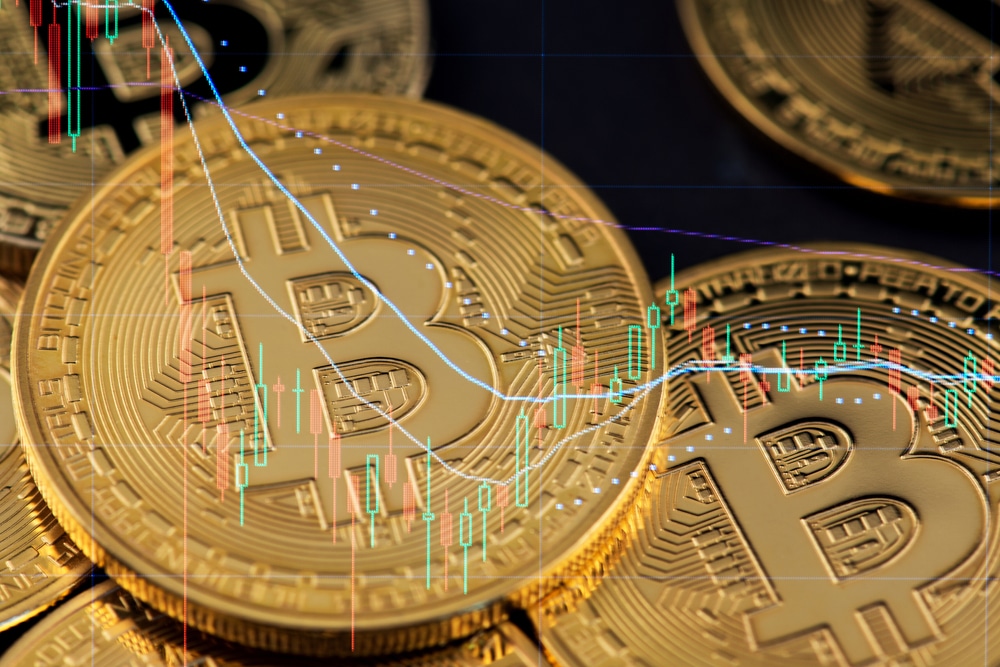What is Solana? A Comprehensive Beginner’s Guide

Introduction to Solana (SOL)
Inspired by the picturesque southern Californian coastal city, Solana is a pioneering open infrastructure tailored for creating scalable applications. Established in 2017 under the visionary leadership of computer engineer Anatoly Yakovenko, the Solana Labs Team has been the driving force behind this innovation. While drawing parallels with Ethereum, Solana was conceived to overcome the challenges Ethereum faced. Its state-of-the-art technology ensures rapid transaction processing at a fraction of the cost.
The Solana Network: A Beacon of Security and Efficiency
Solana guarantees the utmost security for your transactions by spanning a vast network of thousands of autonomous nodes. This decentralized approach ensures safety and fortifies the network against potential censorship. The underlying architecture of Solana is meticulously crafted to foster global acceptance. Solana’s versatility is unmatched, from minting and trading Non-Fungible Tokens (NFTs) to pioneering decentralized finance (DeFi) and crafting blockchain-based Web3 games.
The Genesis of Solana
Anatoly Yakovenko, initially a skeptic of the crypto realm, often underscored the inefficiencies plaguing transaction processes. However, a fateful evening in 2014 saw Yakovenko struck by a groundbreaking concept during a late-night brainstorming session. This epiphany led him to write a revolutionary paper proposing a method to exponentially accelerate Bitcoin’s SHA256 hash function. This paper marked the inception of the proof of history concept, a unique approach to timestamping transactions.
Joining forces with Greg Fitzgerald, a former colleague from Qualcomm, Yakovenko embarked on a mission to construct a unified blockchain network. Their collaborative efforts bore fruit in 2018 with the launch of Solana’s testnet. Stephen Akridge, another ally from Qualcomm, later joined the duo, enhancing the system’s transaction capacity. This triumvirate’s relentless dedication culminated in the launch of the Solana mainnet and its native token, SOL, in 2020.
The Mechanics of Solana
Solana’s heart lies in the proof-of-history (PoH) mechanism, a novel approach to timekeeping on the blockchain. While distinct from consensus mechanisms like proof-of-work and proof-of-stake, PoH plays a pivotal role in Solana’s proof-of-stake system. The amalgamation of PoH with other cutting-edge innovations has turbocharged Solana’s transaction capabilities. Boasting an impressive throughput of 50,000 transactions every second, Solana stands out with its lightning-fast speeds and nominal transaction fees.
What Sets Solana Apart?
1. Proof of History
Solana’s proof of history mechanism adoption ensures unparalleled throughput, outclassing other layer-one blockchains. This system offers a comprehensive record, facilitating seamless tracking of events and transactions.
2. Tower BFT
Solana’s bespoke rendition of Practical Byzantine Fault Tolerance, Tower BFT, leverages the PoH cryptographic clock. This mechanism expedites network consensus, eliminating time lags.
3. Pipeline
Pipeline, a technique that allocates data sequences to specific hardware components, accelerates data verification and replication across the network’s nodes. This sequential processing approach enhances data handling efficiency.
4. Turbine
Addressing the blockchain scalability trilemma, Turbine, Solana’s block propagation protocol ensures a harmonious balance between security, scalability, and decentralization. Turbine establishes swift and resilient connections between internet applications by broadcasting transaction fragments using the User Datagram Protocol (UDP).
5. Cloudbreak
Cloudbreak, a data structure optimized for concurrent read-write operations, proves invaluable when rapid account information storage poses challenges in access speed and volume. Cloudbreak ensures Solana’s scalability remains uncompromised.
6. Gulf Stream
Gulf Stream, a protocol devoid of a mempool, streamlines transaction forwarding. As transactions reach validators, they are promptly relayed to the next leader. This proactive approach expedites transaction processing, ensuring swift leader transitions and minimizing memory overhead, especially with Solana’s capability to handle 50,000 TPS.
7. Data Archiving
A blockchain network operating at 1GBPS can generate up to 4 petabytes of ledger data annually. Managing such vast amounts of data could soon become a centralizing factor, undermining the very purpose of blockchain implementation.
To address this, Solana has introduced Archivers. The data from the network is transferred from the validators to these Archivers, a series of nodes. These nodes can be as essential as personal computers or laptops, and the network intermittently verifies their data storage accuracy.
Analysis of Investing in Solana (SOL)
Market Accessibility
When compared from an investment perspective, Ethereum’s cost is significantly higher than Solana’s. Ethereum’s elevated price might pose a barrier for some smaller investors.
However, the similarities between Solana and Ethereum are evident, given that Solana was conceptualized as a competitor to Ethereum. Solana offers a more affordable option for investors who see potential in both platforms but need more substantial capital.
Network Robustness
Solana, while promising, has its challenges. In September 2021, the Solana Foundation acknowledged certain network inconsistencies. Anatoly Yakovenko, the CEO of Solana Labs, also confirmed similar issues in the preceding week.
While Ethereum boasts over 200,000 validators, Solana’s network currently has around 1,000. A higher number of validators generally implies a more secure network. Despite Solana’s relative novelty, industry experts anticipate growing investor confidence as the validator count rises.
Solana’s NFT Endeavor
Amid the rising interest in NFTs, Solana ventured into this domain with Solanart, its NFT marketplace. Solanart’s primary appeal lies in its swift transactions and reduced fees. Solana currently holds a commendable position in terms of NFT sales volume among blockchains.
Final Thoughts
While Solana is still establishing its foothold in the market, its growing online presence, as evidenced by its significant Twitter and Telegram followers, is noteworthy.
Furthermore, Solana offers rapid, cost-effective transaction processing, making it an attractive option for smaller investors. While many blockchains explore level 2 solutions or sharding to address scalability challenges, Solana boasts inherent level 1 scaling capabilities unmatched by multi-level or shard-based transaction processing.
The evolving DeFi landscape underscores the importance of cross-blockchain compatibility. As transactional demands grow in cost, volume, and intricacy, there will be an increasing need for high-speed processing. Solutions like level 2 or sharding need to be revised. However, Solana stands poised to handle substantial transaction volumes on level 1, aligning with institutional standards and ensuring compatibility with other primary networks.
DISCLAIMER: It's essential to understand that the content on this page is not meant to serve as, nor should it be construed as, advice in legal, tax, investment, financial, or any other professional context. You should only invest an amount that you are prepared to lose, and it's advisable to consult with an independent financial expert if you're uncertain. For additional details, please review the terms of service, as well as the help and support sections offered by the provider or promoter. While our website strives for precise and impartial journalism, please be aware that market conditions can shift unexpectedly and some (not all) of the posts on this website are paid or sponsored posts.









